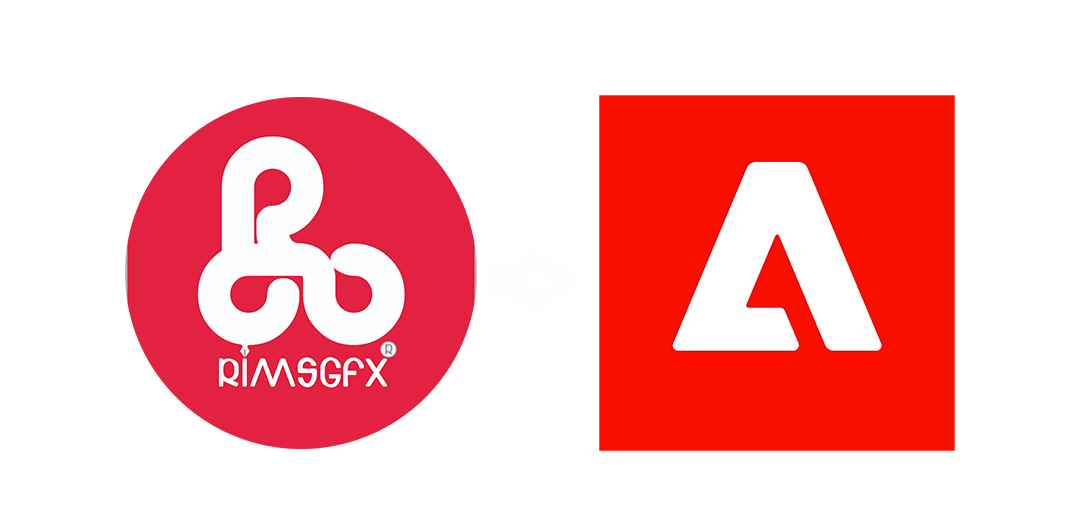In today’s digital age, print design often gets overshadowed by online marketing tools like social media and websites. However, for small businesses, print materials such as brochures, business cards, flyers, and posters remain powerful tools for brand visibility and customer engagement. The tactile nature of print design makes it memorable, and with the right strategy, it can leave a lasting impression.
In this blog, we’ll dive into key tips for small businesses to master the art of print design and stand out in a competitive market.
- Understand Your Brand Identity
Before creating any print material, it’s essential to have a clear understanding of your brand. Your print designs should reflect your brand’s personality, values, and message. Consider these questions:
What is the tone of your brand? (e.g., professional, playful, modern)
What color scheme and fonts align with your brand identity?
What emotions do you want to evoke in your audience?
For example, a minimalist design with clean lines and a monochromatic palette might convey professionalism and elegance, while bold colors and unique fonts can showcase creativity and energy.
- Prioritize Simplicity and Clarity
In print design, simplicity is key. Your audience needs to understand the message quickly and clearly. Avoid overloading the design with too many elements or text. Use white space effectively to make the content stand out, and choose fonts that are easy to read both up close and from a distance.
Here’s what to consider:
Use a maximum of two to three fonts for consistency.
Ensure that your color palette complements the overall design without distracting from the message.
Keep messaging concise and to the point.
- Choose High-Quality Images and Graphics
In print, visuals are everything. Low-resolution images or poorly designed graphics can cheapen your brand’s appearance. Always use high-quality images that are relevant to your message and consistent with your branding. If necessary, hire a graphic designer or purchase professional stock images to enhance your design.
- Pay Attention to Print Specifications
One common mistake small businesses make is overlooking technical aspects of print design. Things like bleed, resolution, and color profiles can greatly affect the final outcome. Here are a few essential print design specs to remember:
Resolution: Ensure your images are at least 300 DPI (dots per inch) for sharp, clear printing.
Bleed: Always include a bleed area (usually 3mm to 5mm) to prevent unwanted borders or cropping issues.
Color Mode: Print uses the CMYK color model, so convert your files from RGB to CMYK to avoid unexpected color shifts.
- Create Consistency Across All Print Materials
Your print materials should look and feel like they belong to the same brand. Whether it’s a business card, a flyer, or a poster, consistency in design elements like fonts, colors, and logo placement reinforces your brand’s identity and professionalism.
- Choose the Right Paper and Finish
The texture and finish of the paper you choose can significantly impact how your print materials are perceived. For business cards and brochures, a glossy or matte finish can give your design a more refined look. Heavyweight paper or cardstock adds a premium feel, while a textured paper can enhance the tactile experience.
- Hire a Professional Printer
Even the best designs can fall flat if not printed properly. For most small businesses, it’s tempting to use low-cost or in-house printing solutions, but professional printing services can make a world of difference. Professional printers use high-quality inks, papers, and finishing techniques that elevate your print materials and ensure your designs come out exactly as intended.
- Measure Your Results
Lastly, always evaluate the effectiveness of your print materials. Are people responding to your flyers or brochures? Are they taking action based on your direct mailers? Use tools like QR codes, unique coupon codes, or landing pages to track engagement. By measuring results, you can adjust your designs and messaging for better future performance.
Conclusion
Mastering print design as a small business owner may seem daunting, but with a clear focus on your brand identity, attention to design principles, and an eye for detail, you can create print materials that elevate your brand. When done right, print design has the power to differentiate your business in an increasingly digital world, leaving a lasting impact on customers.
With these tips in mind, start planning your next print campaign to showcase the unique essence of your business!



Comments (1)
rims_admin - November 21, 2024
fgvxdfxdf